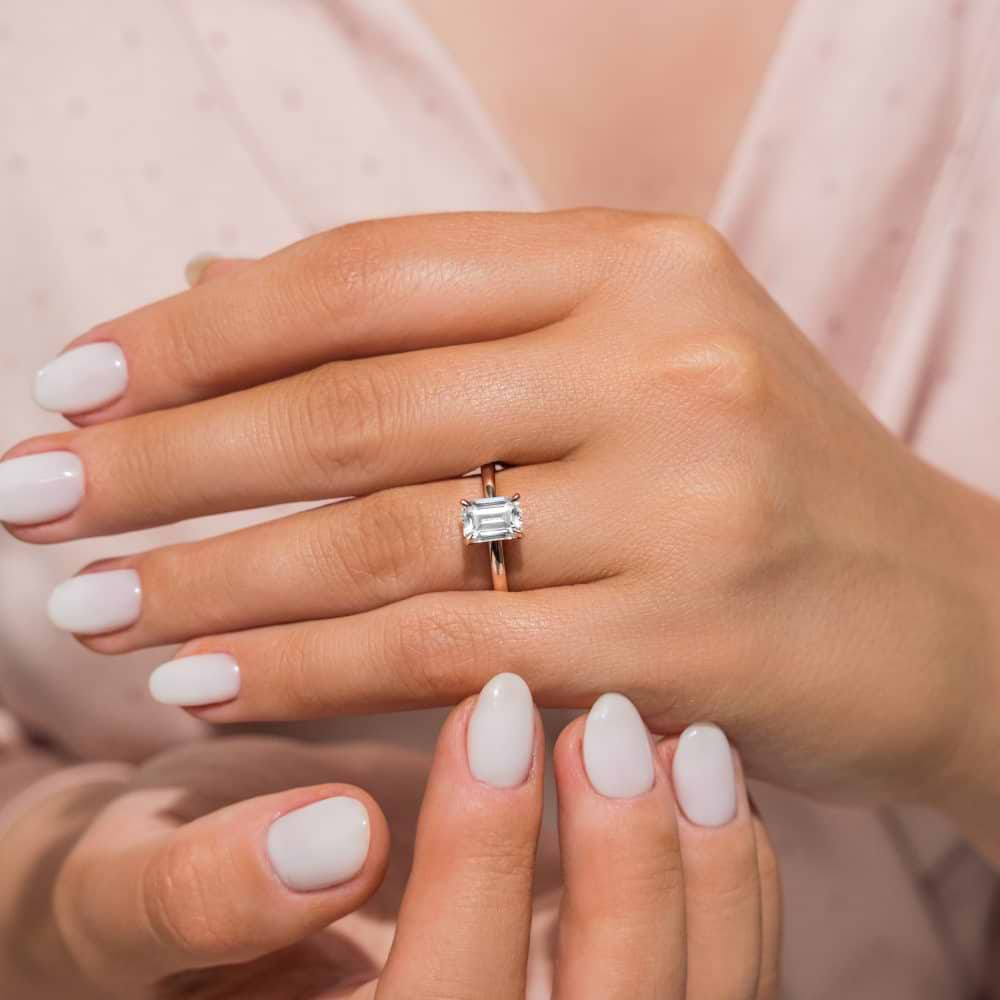Table of Contents
Introduction
Hey there! Thinking about getting a diamond ring but worried about the cost, ethics, or environmental impact? Well, let’s dive into the world of lab diamond rings and the tiny heroes that hold them in place—claws! By the end of this, you’ll know why lab diamonds are an awesome choice and how those little prongs make all the difference.
What Are Lab Diamond Rings
Lab diamond rings feature diamonds that are grown in a lab instead of being mined from the earth. These diamonds are chemically and physically identical to natural diamonds. They offer the same sparkle lab diamond rings claws, durability, and elegance but come with a friendlier price tag and a clean conscience.
History and Evolution of Lab Diamonds
The journey of lab diamonds began in the 1950s, initially for industrial purposes. Over the decades, the technology advanced, making it possible to create gem-quality diamonds that are virtually indistinguishable from their natural counterparts. Today, they’re a popular choice for engagement rings and other fine jewelry.
Benefits of Lab Diamond Rings
Lab diamond rings are not just another pretty face; they come with a host of benefits that make them a compelling choice for the modern consumer.
Man made diamonds, also known as lab-grown or synthetic diamonds, are created through a process called Chemical Vapor Deposition or High Pressure High Temperature methods. These techniques replicate the conditions under which natural diamonds form in the Earth’s mantle.
Ethical Considerations
One of the biggest draws of lab diamonds is their ethical pedigree. They are conflict-free, meaning they don’t finance armed conflicts or exploit labor in developing countries. You can shine bright without any guilt.
Environmental Impact
Lab diamonds have a significantly lower environmental footprint compared to mined diamonds. Mining can cause land degradation and water pollution, whereas lab-grown diamonds require less energy and have a smaller carbon footprint.
Cost-Effectiveness
Lab diamonds are generally 20-40% cheaper than natural diamonds of similar quality. This means you can get a bigger or better-quality stone without breaking the bank.
Understanding Claws in Ring Settings
Now, let’s talk about the unsung heroes of ring design—the claws, or prongs. These tiny metal pieces are crucial for holding your diamond securely in place.
Definition of Claws
Claws, also known as prongs, are the little metal arms that grip the diamond in place on a ring. They come in various styles and configurations, each offering different levels of security and visibility.
Importance of Claws in Ring Design
The design and number of prongs can affect both the security and the look of your ring. More prongs mean more security, but fewer prongs can show off the diamond better. It’s all about finding the right balance.
Double Prong Setting
Double prongs involve two prongs at each corner of the diamond, offering even more security and a unique look. This setting can make your diamond appear more prominent and well-secured.
Conclusion
Lab diamond rings are a fantastic choice for anyone looking for beauty, ethics, and value. With the right prong setting, your ring will be secure and stunning. Happy ring shopping!

